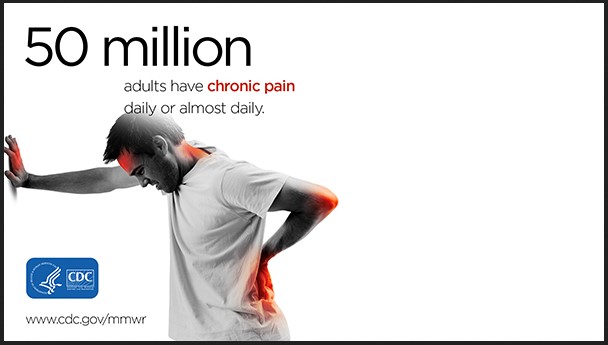The knee joint is one of the most complex and important joints in the human body. It is responsible for providing stability and mobility to the lower body, allowing us to walk, run, and jump. Understanding the anatomy of the knee joint is essential for proper diagnosis and treatment of knee injuries and conditions. This article will provide an overview of the anatomy of the knee joint, including its structure and function. We will also discuss common knee injuries and conditions, and how they can be treated.
Exploring the Anatomy of the Knee Joint: A Comprehensive Guide
The knee joint is one of the most complex and important joints in the human body. It is responsible for providing stability and mobility to the lower body, allowing us to walk, run, and jump. Understanding the anatomy of the knee joint is essential for proper diagnosis and treatment of knee injuries and conditions. This guide will provide a comprehensive overview of the anatomy of the knee joint, including its structure, ligaments, muscles, and other components.
The knee joint is a synovial joint, which is a type of joint that is surrounded by a capsule filled with synovial fluid. This fluid lubricates the joint and helps to reduce friction between the bones. The knee joint is composed of three bones: the femur, tibia, and patella. The femur is the thigh bone, the tibia is the shin bone, and the patella is the kneecap. These bones are connected by four ligaments: the anterior cruciate ligament (ACL), posterior cruciate ligament (PCL), medial collateral ligament (MCL), and lateral collateral ligament (LCL). The ACL and PCL are located in the center of the knee and provide stability to the joint. The MCL and LCL are located on the sides of the knee and provide stability to the joint when it is bent or twisted.
The knee joint is also supported by several muscles, including the quadriceps, hamstrings, and calf muscles. The quadriceps are located on the front of the thigh and are responsible for extending the knee. The hamstrings are located on the back of the thigh and are responsible for flexing the knee. The calf muscles are located on the back of the lower leg and are responsible for plantar flexing the ankle.
The knee joint is also surrounded by several bursae, which are small sacs filled with fluid that cushion and protect the joint. The most important bursae are the prepatellar bursa, which is located in front of the kneecap, and the infrapatellar bursa, which is located behind the kneecap.
Finally, the knee joint is also surrounded by several tendons, which are strong bands of tissue that connect muscles to bones. The most important tendons in the knee joint are the patellar tendon, which connects the kneecap to the shin bone, and the quadriceps tendon, which connects the quadriceps muscle to the kneecap.
In conclusion, the knee joint is a complex and important joint in the human body. It is composed of three bones, four ligaments, several muscles, bursae, and tendons. Understanding the anatomy of the knee joint is essential for proper diagnosis and treatment of knee injuries and conditions.
How the Anatomy of the Knee Joint Affects Mobility and Stability
The knee joint is a complex structure that is essential for mobility and stability. It is composed of three bones: the femur, tibia, and patella. The femur is the thigh bone, the tibia is the shin bone, and the patella is the kneecap. These bones are connected by four ligaments: the anterior cruciate ligament (ACL), posterior cruciate ligament (PCL), medial collateral ligament (MCL), and lateral collateral ligament (LCL). Additionally, the knee joint is surrounded by a capsule of connective tissue and is lubricated by synovial fluid.
The ACL and PCL are the primary stabilizers of the knee joint. They connect the femur to the tibia and prevent excessive movement in the joint. The MCL and LCL are secondary stabilizers that provide additional support and prevent the knee from moving too far in either direction. The patella is also important for stability, as it helps to keep the knee in proper alignment.
The knee joint is also important for mobility. The muscles of the thigh and calf are responsible for moving the knee joint. The quadriceps muscles in the thigh extend the knee, while the hamstrings muscles in the calf flex the knee. The knee joint also contains several small muscles that help to stabilize the joint during movement.
The anatomy of the knee joint is essential for both mobility and stability. The bones, ligaments, and muscles all work together to provide support and allow for movement. Without these structures, the knee joint would be unable to function properly.
Conclusion
The anatomy of the knee joint is complex and fascinating. It is composed of several bones, ligaments, tendons, and muscles that work together to provide stability and mobility. Understanding the structure and function of the knee joint is essential for proper diagnosis and treatment of knee injuries and conditions. With a better understanding of the anatomy of the knee joint, healthcare professionals can provide more effective care and help patients return to their normal activities.
